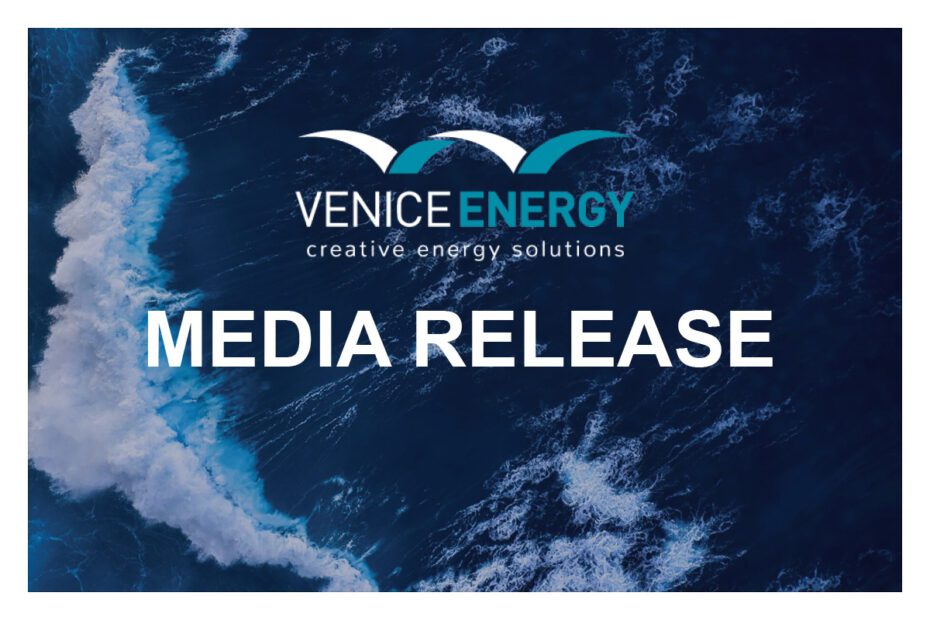Private-sector Australian firm Venice Energy expects to take a final investment decision (FID) on its Outer Harbor floating LNG import terminal project in Adelaide, South Australia (SA) by February 2021, with the terminal expected to start up by the end of the year.
A combination of factors including prospective buyers expressing interest in securing their own cargoes and a change in wharf design forced the firm to push back its timeline by a year from its initial target of a late 2019 FID, said Venice Energy managing director Kym Winter-Dewhirst.
The firm is aiming to begin construction on the project in March next year, with commissioning and the import of a first LNG cargo by the end of 2021, he added.
Venice Energy is targeting throughput of around 80PJ (2.14bn m³) of gas in the first year, which it expects could increase to 140-150PJ in subsequent years as off-taker requirements rise. The firm aims to supply gas to SA and western Victoria, both of which face firm heating demand in the winter months from June to August.
The project will involve a floating storage regasification unit, as well as the construction of a 500MW gas-fired power plant that will be delivered in two 250MW stages. Venice Energy intends to secure government approvals for the power plant once it finalises its investment decision on the terminal and expects a start-up of the plant by 2024, at the latest.
The firm intends to operate the terminal based on a third-party processing model, with off-takers responsible for securing their own LNG. Potential customers had suggested they will prefer to import the LNG themselves, leading the firm to decide that it should focus on building infrastructure.
“We realised that to trade gas we would either have to acquire or hire that skill set ourselves, though we remain open to that option in the future,” Winter-Dewhirst said.
The project is estimated to cost A$830m ($538mn) in total, with A$180m for the import terminal and A$650m for the power plant. The firm has secured one customer so far, with an agreement signed in December last year. Winter-Dewhirst declined to reveal details about the customer or the import capacity it has signed up for at the terminal.
Venice Energy faces stiff competition in bringing the Outer Harbor project on line. Another three other LNG import projects. with total planned nameplate import capacity of 10.5mn t/yr, are vying to be developed along Australia’s east coast in the next two years to meet gas demand as domestic production starts to shrink from 2022.
Australian-Japanese consortium Australian Industry Energy (AIE) and South Korea’s Epik plan to make an FID on their projects in New South Wales (NSW) this year. AIE is looking to develop its 2mn t/yr Port Kembla LNG import terminal, while Epik has proposed to build its 4.5mn t/yr Newcastle LNG import terminal. Australia’s AGL Energy last June postponed the timing of the delivery of a first LNG cargo to its Crib Point import terminal in Victoria to the second half of the 2021-22 fiscal year to 30 June, against a previous guidance of deliveries during 2020-21. It had said at the time that the project faces increased complexity over timing and costs but was still a compelling proposition.
Industry participants are uncertain if gas demand on Australia’s east coast will be able to accommodate all four proposed terminals. ExxonMobil deferred a fifth project in December because of insufficient interest from prospective gas buyers in committing to long-term supply contracts.
Demand in Australia’s southern states totalled 486PJ in 2019 and is projected to dip to about 387PJ, or 8.1mn t/yr in 2024, according to the Australian Energy Market Operator’s (AEMO) 2020 Gas Statement of Opportunities report released in March. East Australia could face gas shortages during its 2024 winter because of a 35pc drop in gas output from southern fields, including offshore Victoria and onshore NSW and SA, AEMO said.
A projected decline in east Australian gas output makes importing LNG an attractive proposition, especially now when Asian spot LNG prices are at a discount to domestic Australian gas prices.
An LNG netback indicator for east Australia, the Argus Gladstone fob prompt price — calculated by subtracting freight as well as costs associated with production from the delivered price of LNG to Asia-Pacific markets — fell to an all-time low of A$2.18/GJ ($1.48/mn Btu) on 27 April.
Current east coast domestic gas prices have also softened but are around A$2-2.50/GJ higher than the LNG netback price.
The AWX price, the Argus assessment for month ahead deliveries to Wallumbilla in Queensland was A$4.245/GJ on 24 April. It averaged A$5.429/GJ during January-March, down from A$9.607/GJ a year earlier. The AVX price, the Argus assessment for month ahead deliveries to Victoria, was assessed at A$4.820/GJ for the same day. It averaged A$6.28/GJ over January-March compared with A$9.913/GJ over the same period last year.
Argus Media Singapore Group Pte. Ltd., 50 Raffles Place, #10-01, Singapore Land Tower, Singapore 048623

